5G Technology: Revolutionizing Connectivity and Beyond
In the ever-evolving world of technology, 5G stands out as a monumental leap forward. As the fifth generation of mobile network technology, 5G promises to revolutionize not only how we connect but also how industries operate, economies grow, and everyday life unfolds. With the potential to provide unprecedented speed, low latency, and massive connectivity, 5G technology is set to redefine the digital landscape. This article delves into the fundamentals of 5G, its benefits, challenges, and its impact on various sectors.
What is 5G Technology?
5G, short for “fifth generation,” is the latest standard for mobile telecommunications. It follows 4G LTE (Long-Term Evolution) and introduces a range of enhancements over its predecessors. The primary goals of 5G technology are to offer higher data speeds, lower latency, and greater connectivity.
Key Characteristics of 5G:
- High Speed: 5G networks can deliver download speeds up to 10 Gbps (gigabits per second), significantly faster than the 100 Mbps typically offered by 4G LTE. This boost in speed facilitates quicker data transfers, enabling real-time communication and seamless content streaming.
- Low Latency: Latency refers to the delay between sending and receiving data. 5G aims to reduce latency to around 1 millisecond, compared to 30-50 milliseconds for 4G. This low latency is crucial for applications requiring instant responses, such as autonomous vehicles and remote surgery.
- Increased Capacity: 5G can support a higher density of connected devices, estimated to be up to 1 million devices per square kilometre. This capacity is essential for the growing Internet of Things (IoT), where numerous devices need to communicate simultaneously.
- Enhanced Reliability: With improved reliability, 5G networks are designed to offer more consistent performance and fewer dropped connections, which is vital for mission-critical applications.
How Does 5G Work?
5G technology relies on a combination of advanced techniques and infrastructure improvements:
- Spectrum Utilization: 5G operates across a wide range of frequencies, including low, mid, and high bands. Low-band frequencies offer broad coverage but lower speeds, while high-band frequencies (millimetre waves) provide faster speeds and higher capacity but with a shorter range and less penetration through obstacles.
- Small Cells: Unlike previous generations that relied on large cell towers, 5G utilizes small cells—compact, low-power base stations placed closer together. These small cells help in delivering high-speed connectivity over shorter distances and manage the increased number of connected devices.
- MIMO Technology: Multiple Input Multiple Output (MIMO) technology, particularly Massive MIMO, plays a crucial role in 5G. It uses numerous antennas at base stations to send and receive more data simultaneously, enhancing network capacity and performance.
- Beamforming: Beamforming directs signals to specific users rather than broadcasting in all directions. This focused approach improves signal strength and reduces interference, leading to better coverage and efficiency.
- Network Slicing: Network slicing allows operators to create multiple virtual networks within a single physical 5G network. Each slice can be customized for different applications, such as enhanced mobile broadband, massive IoT, or ultra-reliable low-latency communications.
Machine Learning and Predictive Analytics: Unleashing the Power of Data
Benefits of 5G Technology
5G technology offers numerous advantages across various sectors:
- Enhanced User Experience: The significant increase in data speeds and reduced latency translates to smoother video streaming, faster downloads, and improved overall user experience. High-definition and 4K video streaming become more accessible, and online gaming benefits from reduced lag.
- Smart Cities: 5G enables the development of smart cities, where infrastructure and services are connected and optimized. Examples include smart traffic management systems, energy-efficient buildings, and advanced public safety solutions. Sensors and cameras can monitor traffic flow, environmental conditions, and public safety in real time, leading to improved urban living conditions.
- Healthcare: In healthcare, 5G facilitates telemedicine, remote surgeries, and real-time patient monitoring. Surgeons can perform procedures remotely using robotic systems with minimal latency, and wearable health devices can continuously transmit patient data to healthcare providers for timely interventions.
- Autonomous Vehicles: 5G’s low latency and high reliability are crucial for autonomous vehicles, which rely on real-time data exchange for navigation and safety. Vehicles can communicate with each other and infrastructure to avoid collisions, optimize routes, and enhance driving safety.
- Industrial Automation: Industries can leverage 5G for automation and smart manufacturing. High-speed, low-latency connections enable real-time monitoring and control of industrial processes, leading to increased efficiency, reduced downtime, and enhanced quality control.
- Augmented Reality (AR) and Virtual Reality (VR): 5G’s high speeds and low latency support immersive AR and VR experiences. Applications range from virtual meetings and training simulations to interactive gaming and entertainment, transforming how users interact with digital content.
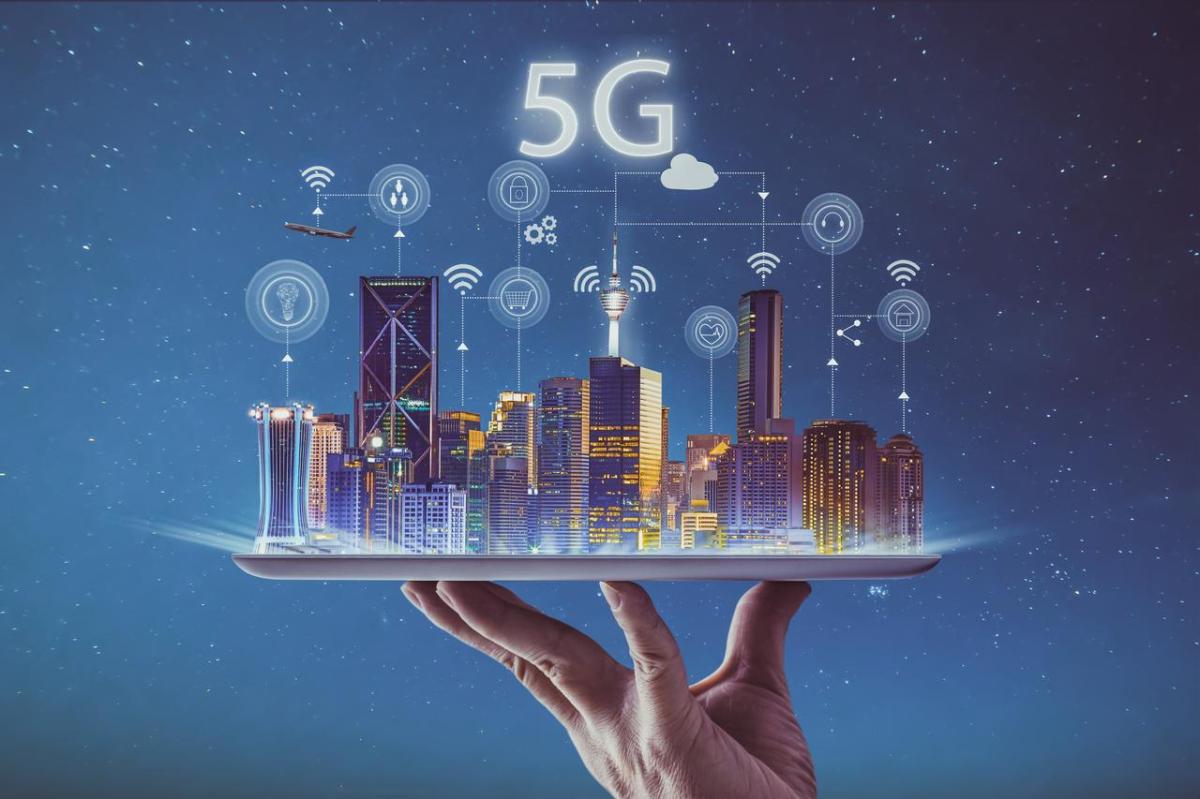
Challenges and Considerations
Despite its transformative potential, 5G technology faces several challenges:
- Infrastructure Deployment: The rollout of 5G requires significant investment in new infrastructure, including small cells and fibre optics. Urban areas may see quicker deployment compared to rural regions due to higher population density and infrastructure costs.
- Spectrum Availability: The availability of spectrum for 5G is a crucial factor. Governments and regulatory bodies need to allocate and manage spectrum resources effectively to ensure optimal network performance and coverage.
- Health Concerns: There are ongoing debates about the potential health effects of 5G radiation. While scientific consensus generally finds that 5G is safe, public concern and regulatory scrutiny continue to influence the deployment and acceptance of the technology.
- Security and Privacy: With increased connectivity, 5G networks are more vulnerable to cyber threats. Ensuring robust security measures and protecting user privacy are critical to maintaining trust and safeguarding sensitive information.
- Interoperability: As 5G technology evolves, ensuring compatibility and interoperability between different network equipment and devices is essential for seamless user experiences and global connectivity.
The Future of 5G
The evolution of 5G technology is just the beginning. Future advancements and deployments will continue to shape how we live and work:
- 6G and Beyond Research into 6G technology is already underway, aiming to push the boundaries of connectivity even further. 6G is expected to offer even higher speeds, lower latency, and advanced features, potentially integrating with emerging technologies like AI and quantum computing.
- Integration with AI and IoT: The combination of 5G with AI and IoT will drive innovation in various fields. Intelligent networks can optimize resource usage, automate decision-making, and enhance user experiences through data-driven insights.
- Global Connectivity: Efforts to expand 5G coverage globally will address digital divides and enhance connectivity in underserved regions. This expansion will contribute to economic growth, education, and access to essential services.
- Sustainability: As 5G networks grow, sustainability will become a key focus. Energy-efficient technologies and eco-friendly practices will play a crucial role in minimizing the environmental impact of network infrastructure.
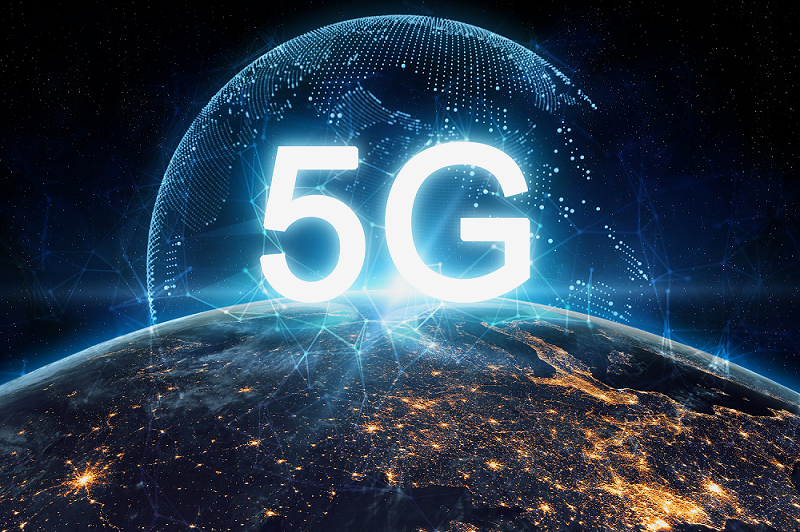
5G technology represents a revolutionary leap in mobile connectivity, offering transformative benefits across numerous sectors. From enhancing user experiences and enabling smart cities to driving advancements in healthcare and industrial automation, 5G is set to reshape our world. While challenges remain, ongoing developments and investments in 5G infrastructure and research will continue to unlock new possibilities and drive progress. As we move towards a more connected future, the potential of 5G technology is boundless, paving the way for innovation and growth in the digital age.
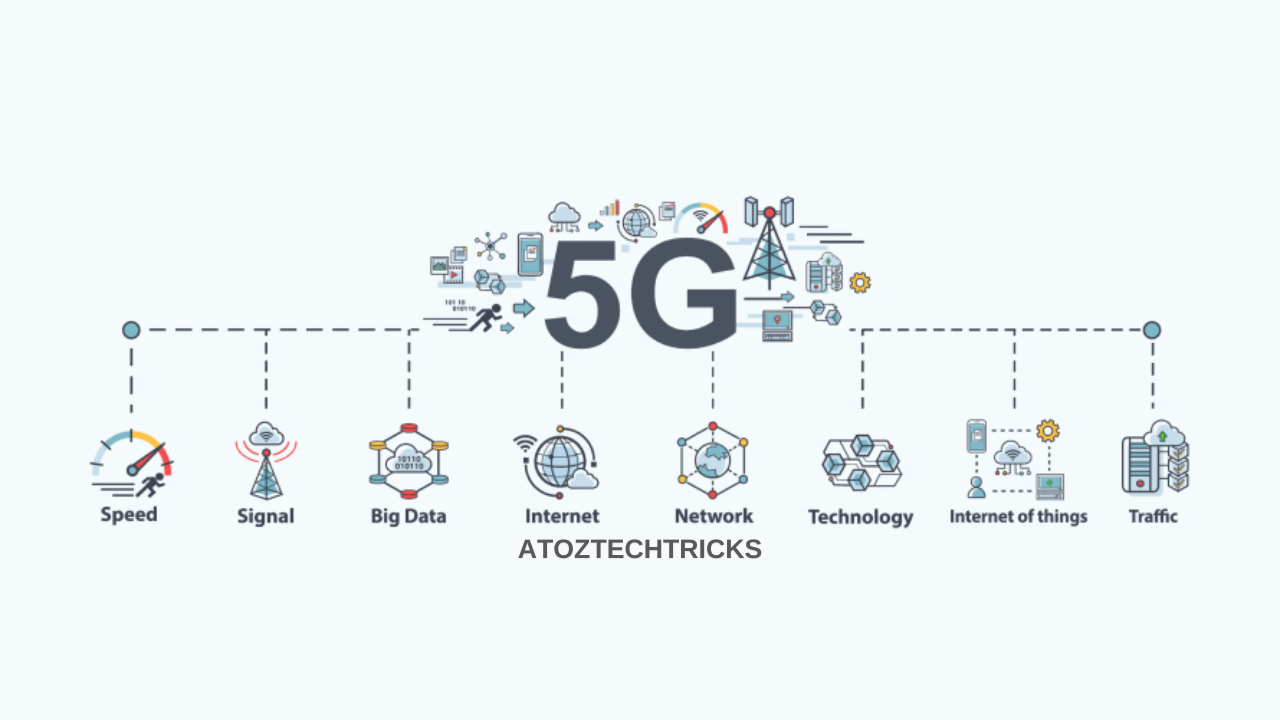
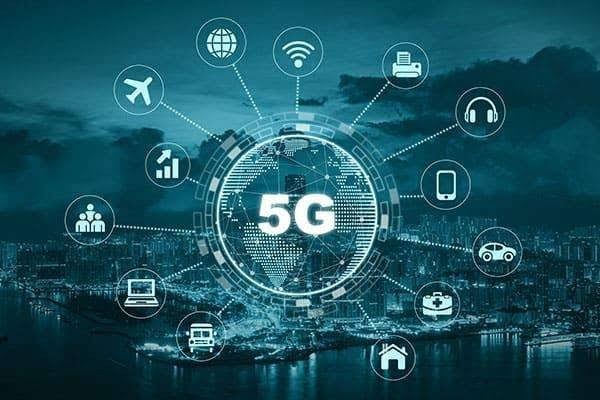
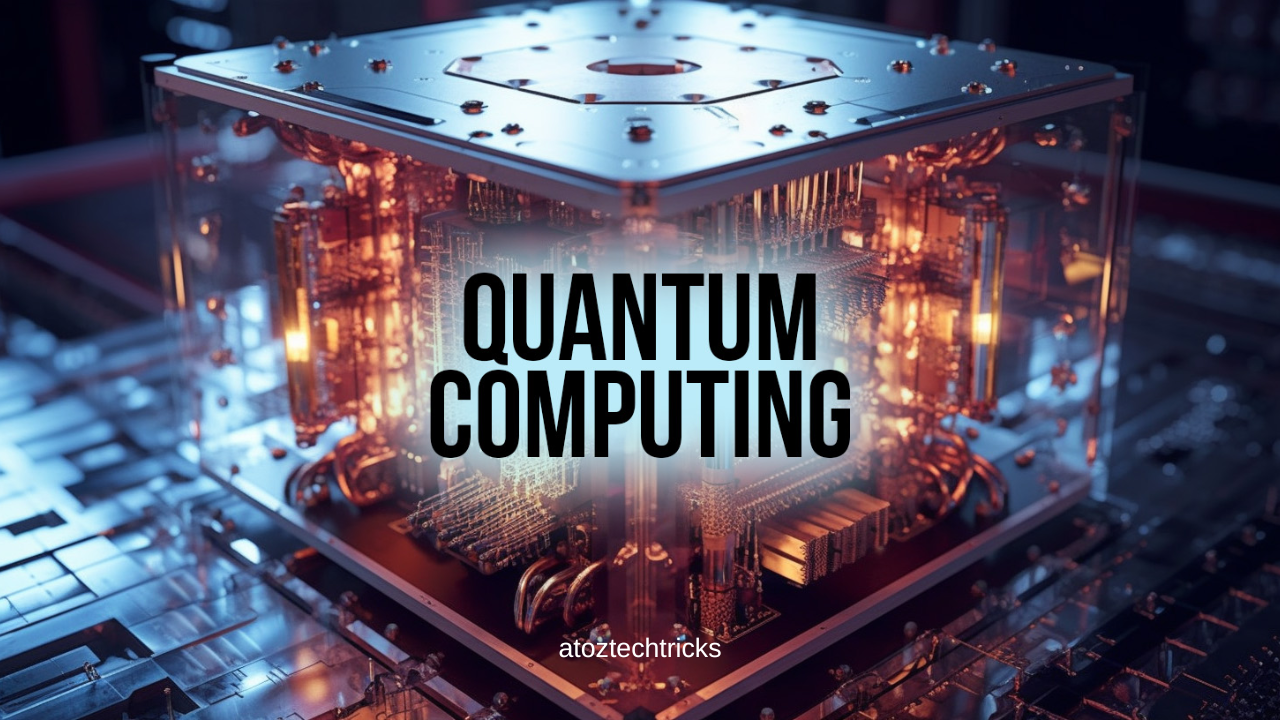
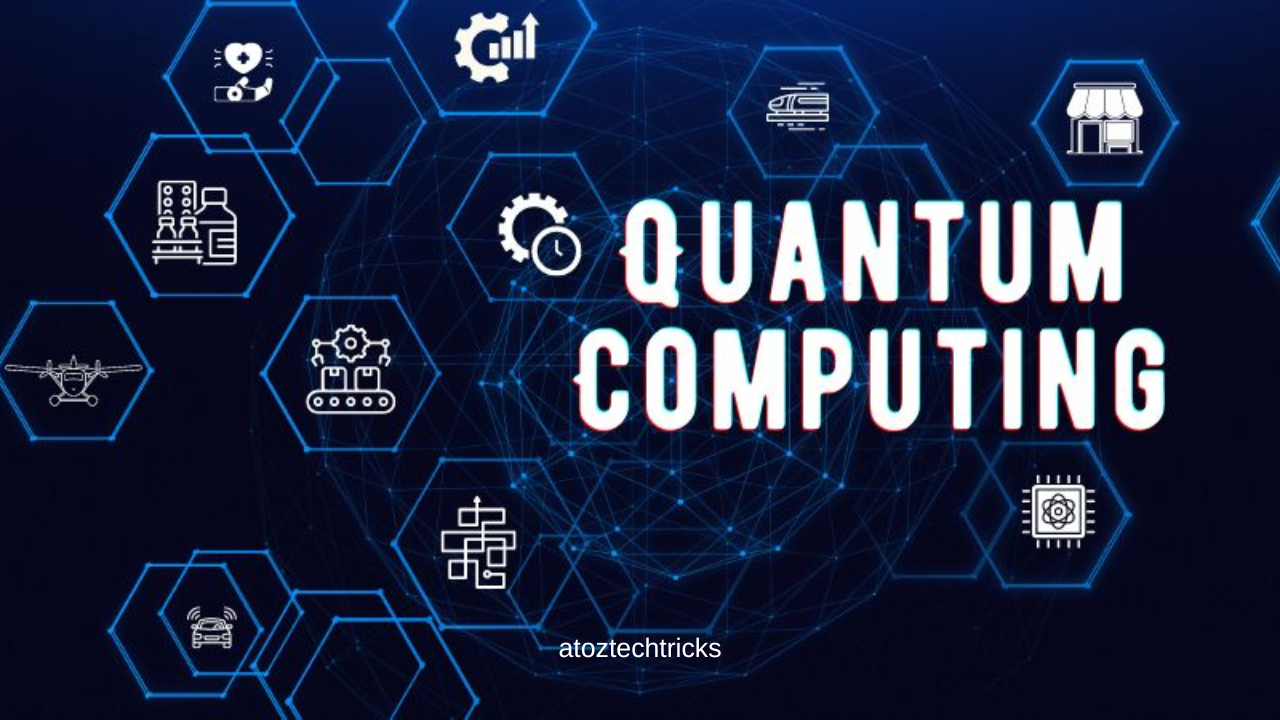

Post Comment